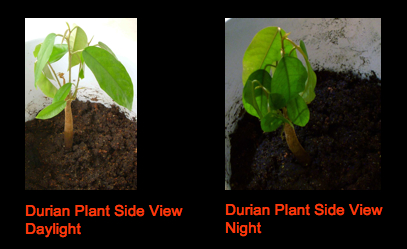When we were browsing around in the Bangkok Isetan (together with last post) looking for something to fill the emptying stomach, I was fascinated with the colorful and presentable offerings of ice-cream and other sweet things. (SW and I ended up having ice-cream instead of a curry rice).

Durian Ice Cream at the Central World Isetan Bangkok Thailand
I noticed that they had durian flavor, which is unusual but I suppose not so unusual for Bangkok. One thing I usually observe at ice cream parlors is the popularity of the various flavors. It isn’t always easy to tell which flavors are the most popular, simply because:
1. If its really popular then the box would have been renewed and therefore the ice cream box would be full
2. If its not so popular, its been there a long time and just been gradually scooped away
3. It might be a new flavor that’s just been added.
4. Time of year (hot season?)
A quick look at this photo tells you that based on point no. 2, ranking of popularity would be (in order of least liked flavors)
1. Chocolate Beans
2. Peach
3. Rum Raisin
4. Durian (Probably a tie between 3 & 4)
Or could these be the top 4 most popular flavors as in point no. 1?
I look forward to hearing what you think.
Next, the Mochi counter.

Durian Flavored Mochi Anyone?
If you’re not sure what a Mochi is, you can find it here. Essentially a paste made of sticky rice and moulded into a shape, these ones were bite sized half planets that looked creamy and dreamy. I was really tempted to try one but SW would have put me on a guilt trip as I already had the ice-cream in my hand.
From the 3 row stacks of the Durian flavored Mochi, I concluded that it must indeed be quite a popular flavor, perhaps people purchase it as a surprise gift for others…
SW and I have always believed that we prefer the real durian rather than derivatives of it but actually it totally depends on how it is made and whether it is fresh. The texture is definitely not the same, but sometimes it can surprise you.
Would something like this be popular in the US or Europe?
I will try it.
Maybe next time.







